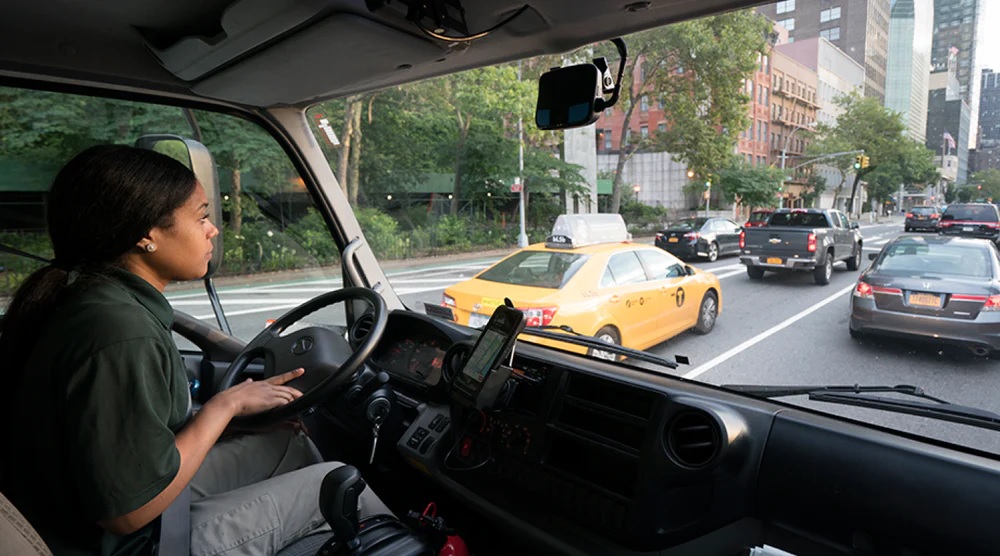In recent years, fleets have worked hard at trying to make their vehicles as safe as possible. They have made sure to stress safe driving not just in their on-boarding process but also on a regular basis, either during driver meetings, in communications from dispatch, and by rewarding drivers who reach a certain number of accident-free miles to name a few
More recently, driver-facing cameras are becoming part of many fleets’ video telematics programs. While there may be some concern from drivers that they are always being watched, the reality is that the cameras only record when triggered by an event such as a crash or a hard braking incident. How you introduce cameras into your fleet will play a big role in how well drivers accept them. You may consider getting some of your top drivers involved in the process to get input from them on the various options and the best way to roll out cameras across the fleet.
One big benefit of driver-facing cameras is that they actually can help exonerate a driver in the event of a collision. But even beyond that, the cameras can help with driver coaching that can help reduce collisions and distracted driving. An important statistic to note here: According to the National Highway Traffic Safety Administration, distracted driving caused 3,142 fatalities in the U.S in 2019.
To be clear, installing driver-facing cameras is not the holy grail of safety. Rather you need to view them as one element in your fleet’s overall commitment to safety. That commitment starts with making safety one of your core values that plays out across the entire organization. It means, for example, that you are as concerned with safety in your shops as you are with safe driving. It also means that top management regularly demonstrates its commitment to safety. To use a cliché, this is the “walking the talk” piece.
Your commitment to safety also includes things like spec’ing safety-related items—advanced driver assistance systems including collision mitigation systems, lane departure warning systems, autonomous emergency braking, etc.—on your trucks. However, it is important to remember that these technologies are not a replacement for safe driving practices, rather they are there to assist with safe driving. Your drivers still need to remain alert and engaged in safe driving practices.
It also includes leveraging data from the telematics devices on things like seatbelt compliance, hard braking, and fast accelerations to coach drivers on how they can drive more safely. Having the hard data points can make it easier to begin the conversation with drivers about what they need to do to improve. The reality is a driver may not be aware of how often they are mashing on the brakes, and the telematics data can be very educational to them.
Don’t think of driver-facing cameras as the answer to our safe driving issues. Rather, look at them as one more tool in your fleet’s safety arsenal.
Gino Fontana, CTP, is COO and EVP at Transervice Logistics Inc. Prior to this recent promotion, he was VP of operations at Berkeley Division and Puerto Rico. His operational expertise emphasizes cost savings, process efficiency and improvement, superior quality, and people management skills. He has more than 35 years of experience in the transportation and logistics industry with both operational and sales experience.
By Gino Fontana
Source: https://www.fleetowner.com/




